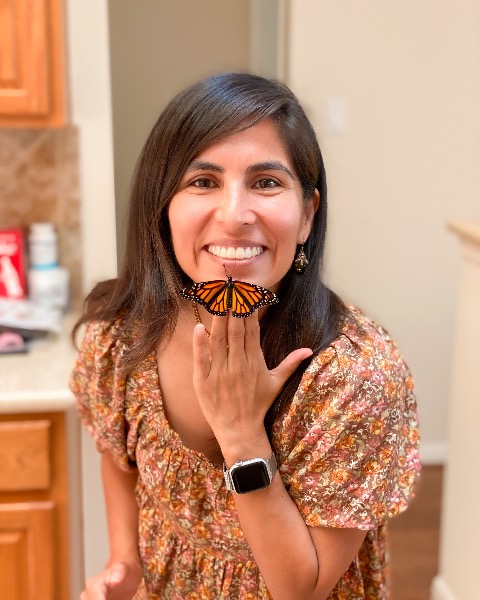Student Regular Poster Display
Plant-Insect Ecosystems
Student
Student Regular Poster: PBT and P-IE, IPM
D3214: Stink bug complex control in soybeans: A comparative study of commercial insecticides
Tuesday, November 11, 2025
9:00 AM - 5:00 PM Pacific
Location: Exhibit Hall A-A1, OCC

Leroy Lopez
Graduate Student
Texas A&M University
Beaumont, Texas- RP
Rebecca Pearson
Texas A&M AgriLife Research
Beaumont, Texas 
Lina Bernaola
Texas A&M University
Beaumont, Texas
Presenting Author(s)
Co-Author(s)
Green, southern green, brown, and redbanded stink bugs comprise the bulk of the species complex affecting Texas soybeans. The redbanded stink bug, Piezodorus guildinii, is both the most damaging and predominant species. In 2022, redbanded stink bugs were responsible for approximately 70% of total insect-related costs and losses in Texas soybeans, accounting for about $62.66 per acre out of a total of $89.52 per acre. Feeding injury caused by these piercing-sucking pests can lead to significant reductions in seed quality and yield, with losses up to 55% when untreated. To identify the most effective insecticide for controlling stink bugs, a two-year (2024 and 2025) field study will be conducted at the Texas A&M AgriLife Research Center in Beaumont, TX. The objective is to assess the efficacy of selected commercially available insecticides on natural infestations of stink bugs. Eight treatments will be evaluated including an untreated check. The experimental design will consist of a completely randomized block design (four replications per treatment). Each plot will measure four rows wide by 25 feet long. Treatments will be applied when stink bug populations reach four (nymphs and adults combined) per 25 sweeps per plot. Stink bug numbers will be assessed at 0, 3, 7, and 14 days after treatment. Data will be analyzed using ANOVA (SAS) to determine statistically significant differences among treatments. Results from this research will provide data-driven guidance on the effective insecticide strategies for managing stink bug populations and minimizing economic losses in Texas soybean production.
.png)
